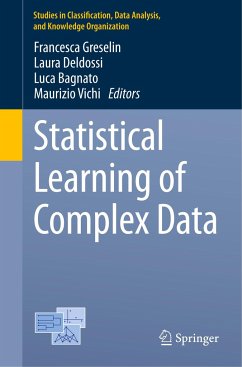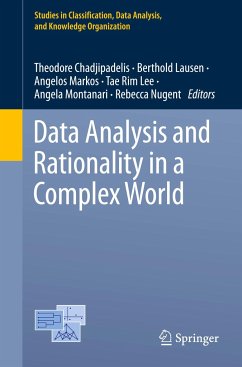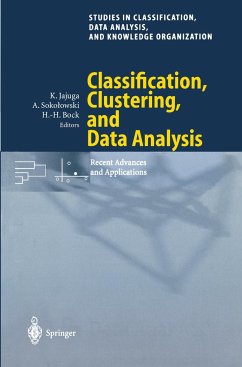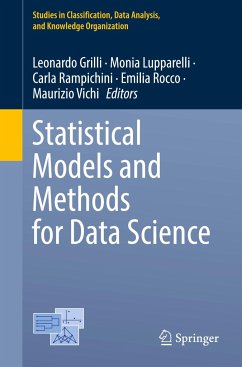
Advanced Studies in Classification and Data Science

PAYBACK Punkte
87 °P sammeln!
This edited volume focuses on the latest developments in classification and data science and covers a wide range of topics in the context of data analysis and related areas, e.g. the analysis of complex data, analysis of qualitative data, methods for high-dimensional data, dimensionality reduction, data visualization, multivariate statistical methods, and various applications to real data in the social sciences, medical sciences, and other disciplines.In addition to sharing theoretical and methodological findings, the book shows how to apply the proposed methods to a variety of problems - e.g....
This edited volume focuses on the latest developments in classification and data science and covers a wide range of topics in the context of data analysis and related areas, e.g. the analysis of complex data, analysis of qualitative data, methods for high-dimensional data, dimensionality reduction, data visualization, multivariate statistical methods, and various applications to real data in the social sciences, medical sciences, and other disciplines.
In addition to sharing theoretical and methodological findings, the book shows how to apply the proposed methods to a variety of problems - e.g. in consumer behavior, decision-making, marketing data and social network structures. Both methodological aspects and applications to a wide range of areas such as economics, behavioral science, marketing science, management science and the social sciences are covered.
The book is chiefly intended for researchers and practitioners who are interested in the latest developments and practical applications in these fields, as well as applied statisticians and data analysts. Its combination of methodological advances with a wide range of real-world applications gathered from several fields makes it of unique value in helping readers solve their research problems.
In addition to sharing theoretical and methodological findings, the book shows how to apply the proposed methods to a variety of problems - e.g. in consumer behavior, decision-making, marketing data and social network structures. Both methodological aspects and applications to a wide range of areas such as economics, behavioral science, marketing science, management science and the social sciences are covered.
The book is chiefly intended for researchers and practitioners who are interested in the latest developments and practical applications in these fields, as well as applied statisticians and data analysts. Its combination of methodological advances with a wide range of real-world applications gathered from several fields makes it of unique value in helping readers solve their research problems.














